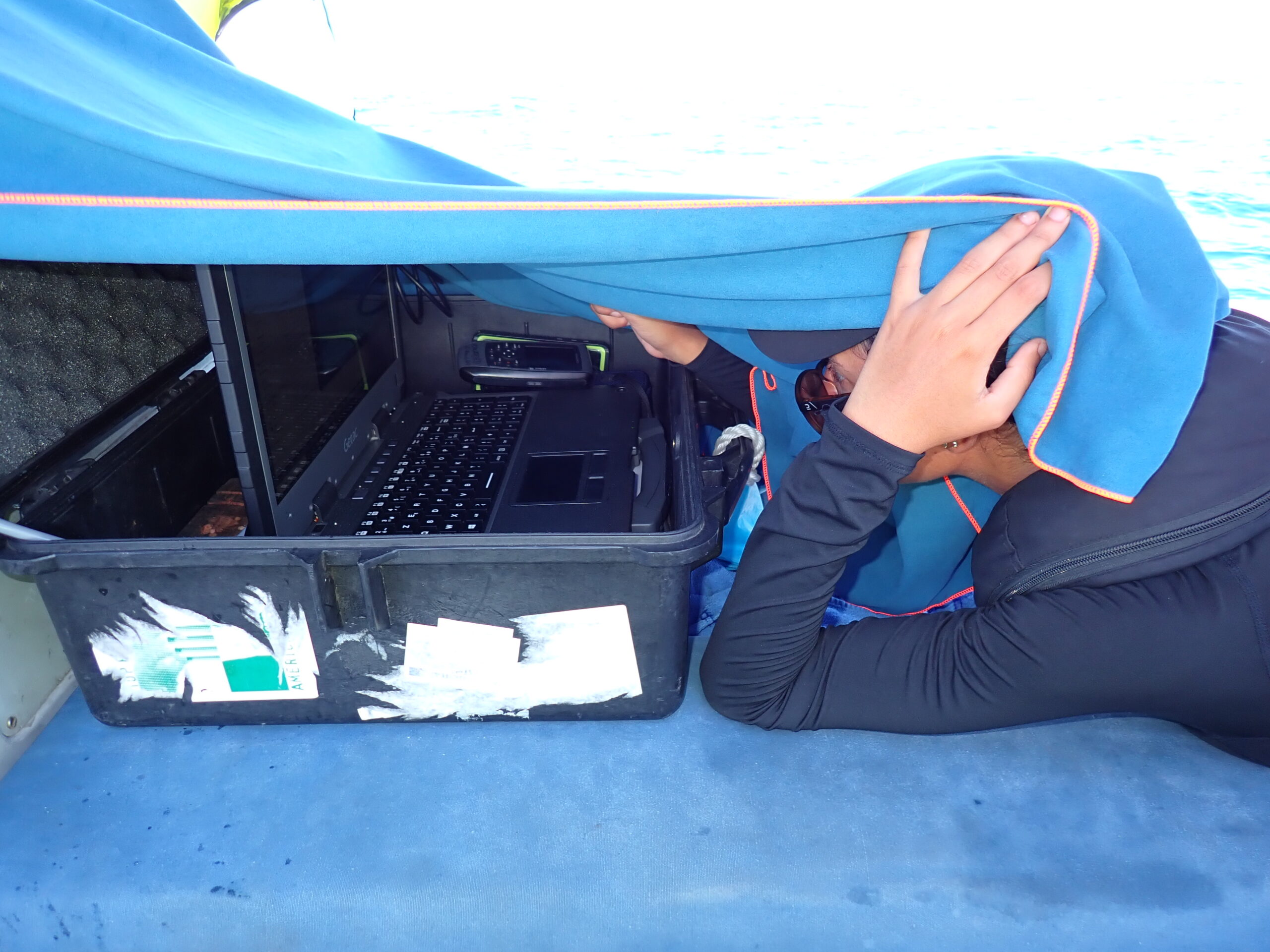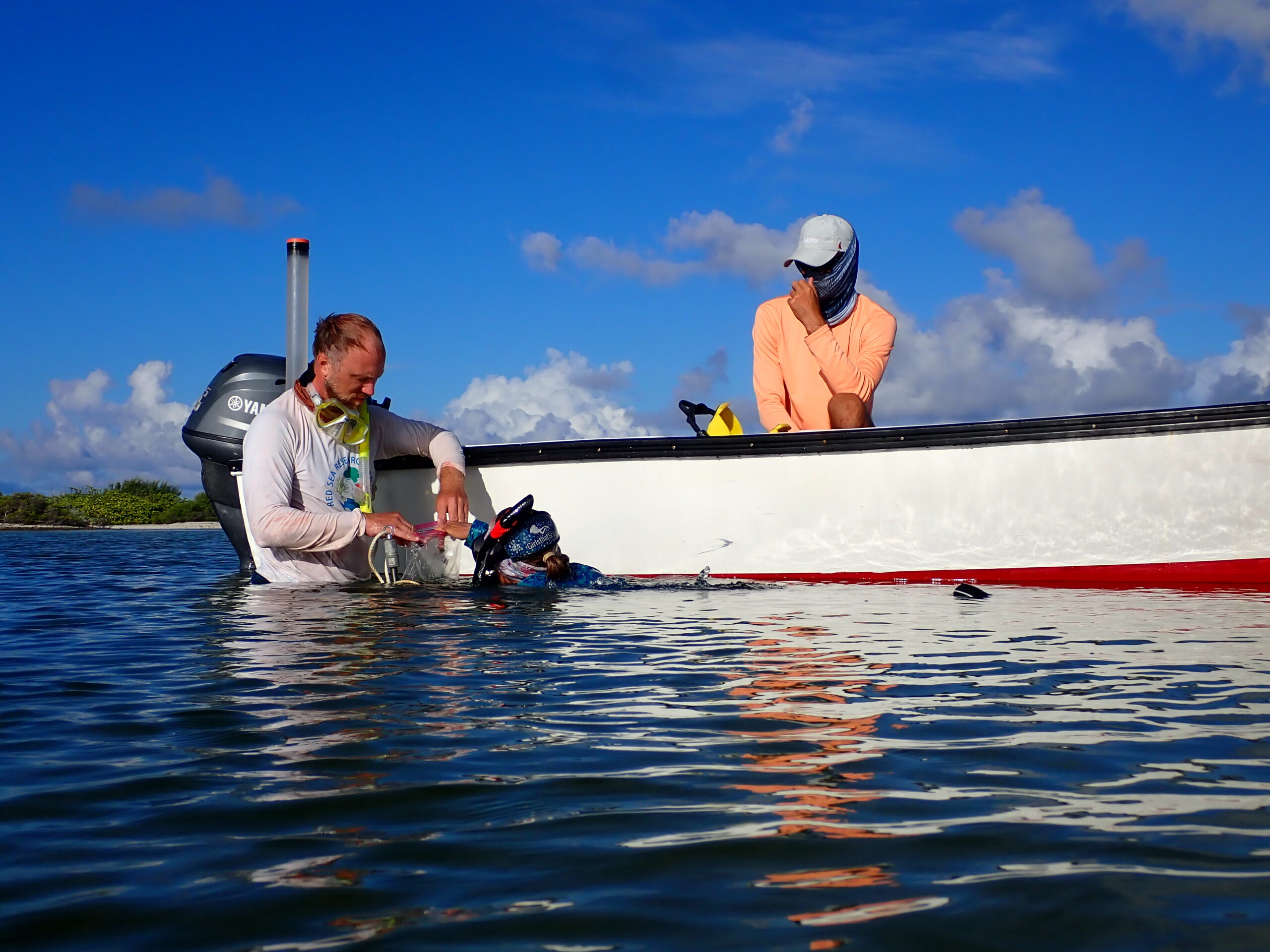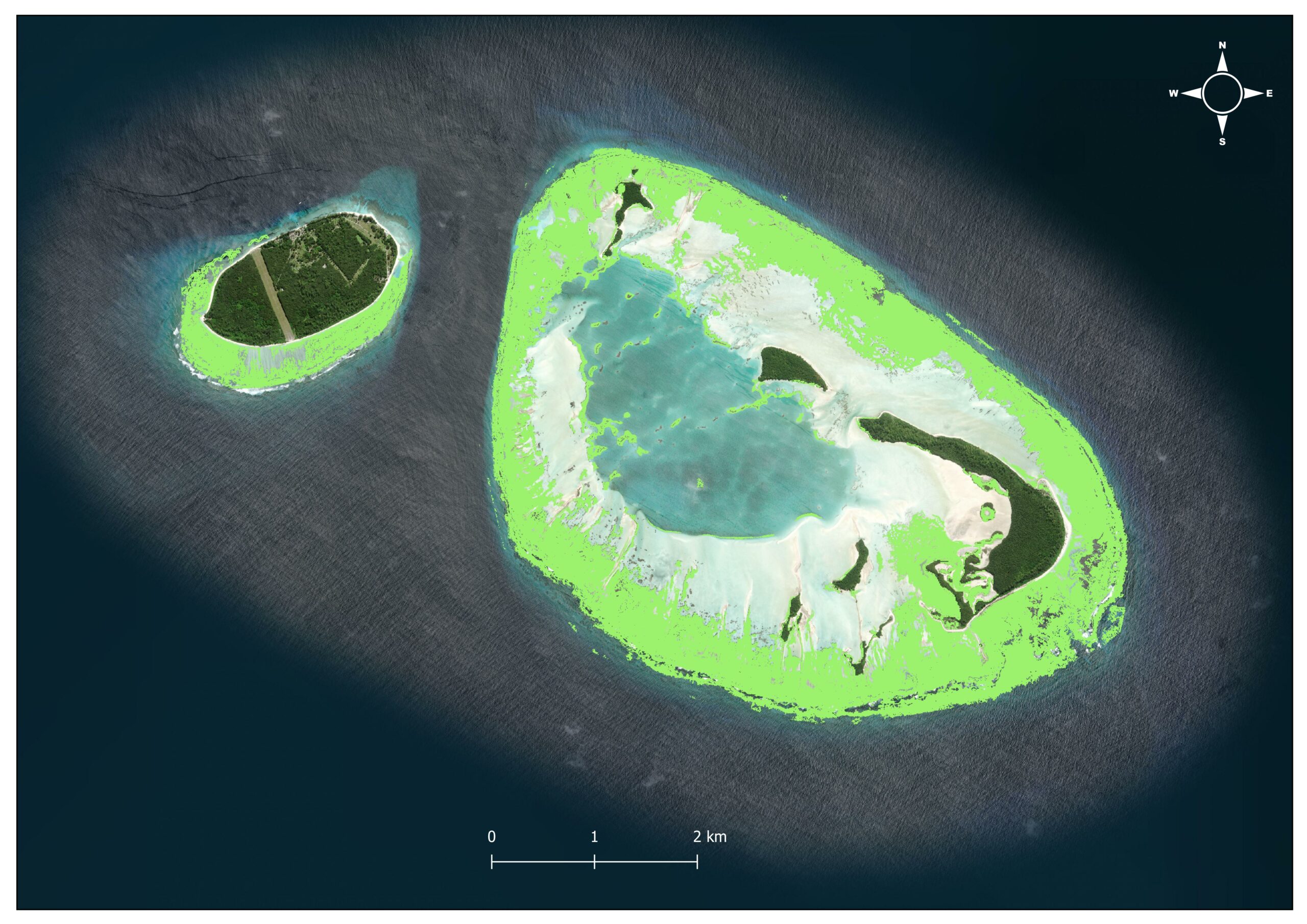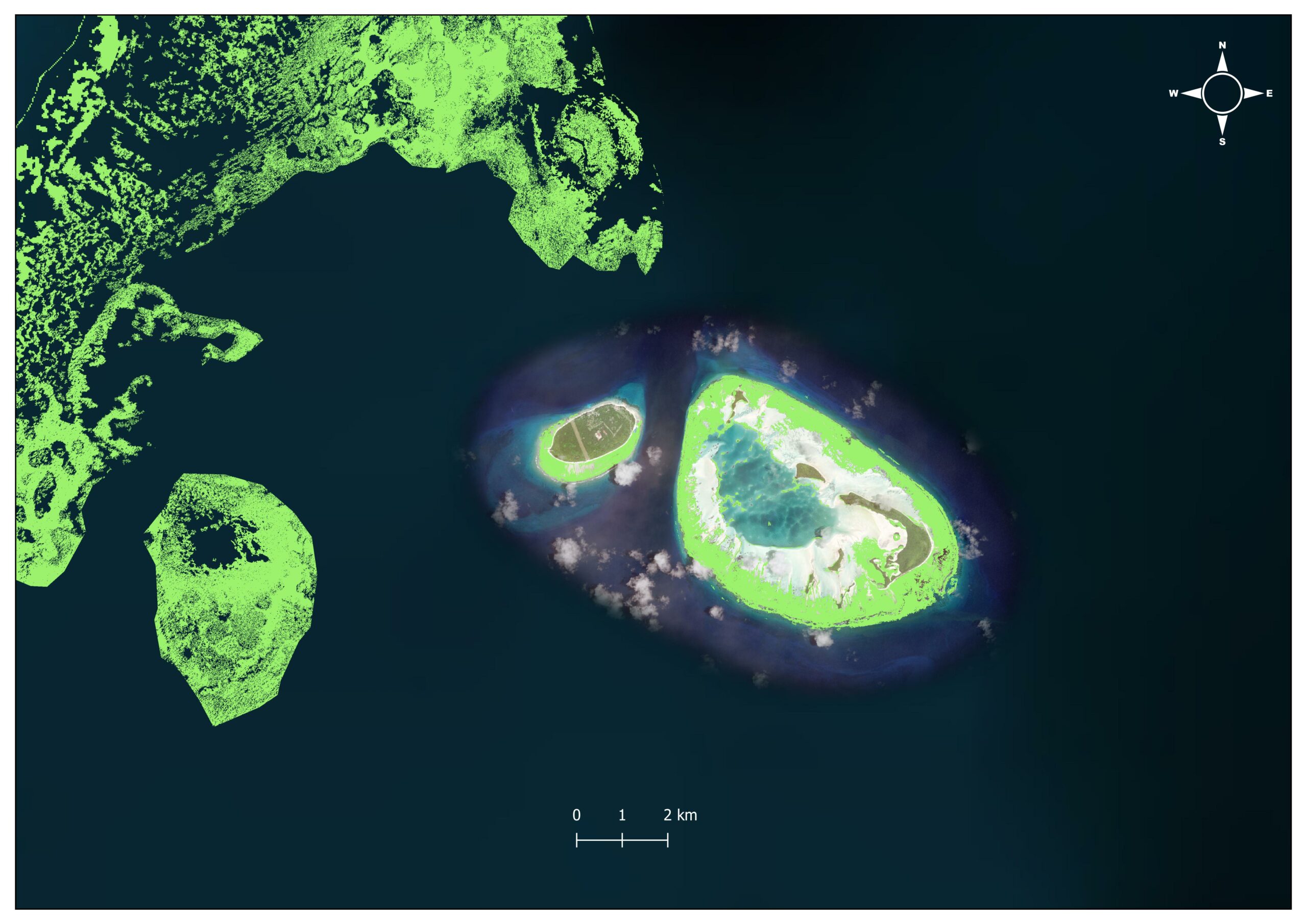Mapping the seagrass habitats of the Republic of Seychelles
Including D’ARROS ISLAND and ST JOSEPH ATOLL
All marine species, including charismatic megafauna such as sharks and sea turtles need healthy habitats where they can find appropriate food and shelter and live their lives. One such important habitat type, which is often overlooked and under-appreciated by humans, is seagrass.
The Save Our Seas Foundation played an important role as a scientific partner in the Seychelles national Seagrass and Carbon Mapping Project that documented the distribution of seagrass habitats throughout the EEZ of Seychelles. This recently completed project, was conducted during 2020 to 2024, under the Climate Change and Coastal Wetlands Project funded by the Pew Charitable Trusts and spear-headed by the Seychelles Conservation and Climate Adaptation Trust (SeyCCAT).
D’Arros Research Centre (DRC) provided logistical support including laboratory facilities, boats and SCUBA gear that made it possible for the visiting seagrass mapping team (Gwilym Rowlands, Lucy Martin, and Jeanne A Mortimer) to ground-truth seagrass habitats on the Amirantes Bank and at D’Arros Island and St Joseph Atoll. The assistance and collaboration provided by DRC personnel (Robert Bullock, Henriette Grimmel, Ellie Moulinie, and Dillys Pouponeau) were invaluable to the project.
Mapping the Distribution of Seagrass
Mapping required ground-truthing that involved taking underwater photos at known GPS points of representative benthic habitats of all types (i.e., seagrass, live coral, dead coral, sand, etc.) so that these could be used to interpret the satellite imagery used to create the national maps. Depending on the depth of the water, these photo quadrats were taken either by snorkelers or SCUBA divers using a hand-held camera and a GPS device floating at the surface.

Dillys Pouponeau (with underwater camera) and Ellie Moulinie (with floating GPS device) setting out to take photo quadrats on a survey site at D’Arros Island. Photo by Jeanne A Mortimer | © Save Our Seas Foundation
In the shallow waters of D’Arros Island and St Joseph atoll snorkelers took photos at intervals of several meters as they swam. On the much deeper adjacent Amirantes Bank located far from any land mass a “SeaViewer Drop Cam” was employed.

SeaViewer underwater camera (Drop Cam) and 30 m cable
This was a video camera on a 30 m cable that was towed just above the surface of the sea floor, while attached to a laptop computer in the boat. The operator in the boat would freeze still frames on the laptop at regular intervals to record characteristics of the sea floor.

Laptop setup in boat to capture underwater images produced by the Drop Cam. Photo ©Jeanne A Mortimer
Taking Sediment Cores to Assess Carbon Storage
Sediment cores were taken in shallow water in the vicinity of D’Arros Island and at St Joseph atoll, and using SCUBA in the deeper waters (>20 metres deep) on the Amirantes Bank.

Gwilym Rowlands, Lucy Martin and Robert Bullock collecting sediment cores in shallow water inside St Joseph Atoll. Photo by Jeanne A Mortimer | © Save Our Seas Foundation

Gwilym Rowlands and Lucy Martin collecting a sediment core at 20 m depth on the remote Amirantes Bank. Photo by Jeanne A Mortimer | © Save Our Seas Foundation
Mapping Results
The seagrass meadows of D’Arros Island, St Joseph atoll, and an adjacent portion of the Amirantes Bank are mapped in green. While D’Arros island is associated with 80 hectares of seagrass habitat, St Joseph atoll hosts more than 900 hectares of seagrass, and the adjacent Amirantes Bank hosts a great deal more. These seagrass ecosystems provide rich habitats critical to the survival of green turtles and hawksbill turtles, several species of sharks and rays, and countless species of bony fishes and invertebrates.


Maps showing seagrass distribution (in green) around D’Arros Island and St Joseph Atoll and an adjacent portion of the Amirantes Bank. Maps produced by “Seychelles Seagrass and Carbon Mapping Project” for the Seychelles Ministry of Agriculture, Climate Change and Environment.
At D’Arros Island and St Joseph Atoll, these habitats are protected by Save Our Seas Foundation and the D’Arros Research Centre to ensure that they will remain a resource to be enjoyed by both wildlife and humans in perpetuity.
